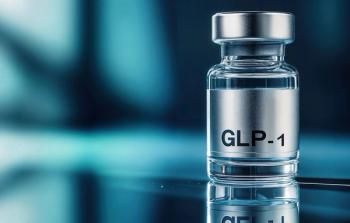
UK: Further Steps Toward Value-Based Assessment
The National Institute for Health and Care Excellence (NICE) has finally published the formal consultation on value-based assessment (VBA).
The National Institute for Health and Care Excellence (NICE) has finally published the formal
Not much change
Early clues came out in
Both of these new modifiers rely on Quality Adjusted Life Year (QALY) shortfalls, which need some idea of what you’d expect the QALYs to be with and without the condition, and can be in absolute or proportional terms. Don’t worry if you’re not clear on what these mean, even those at the DH workshops to explore these weren’t clear, leading to the Office of Health Economics taking on the job of trying to
…but potential for move towards Multi-Criteria Decision Analysis (MCDA)
But there is a change that perhaps people weren’t expecting. NICE asks “Should we allocate specific ‘weights’ to each of the ‘modifiers’ so that they add up to a maximum of 2.5? If so, do you have a view on what weight should be added in each case?”. That would bring the NICE approach further away from deliberation and closer to the full application of Multi-Criteria Decision Analysis (MCDA) where weights are specified (and really this should be in advance of taking decisions) for each criteria. That will be hard: the evidence base is weak on this, and some of the modifiers, like innovation, that already exist in appraisals according to NICE, have never been quantified in this way before.
An ICER of £20,000 cost per QALY up to a maximum £50,000 cost per QALY
NICE is increasingly focusing on the £20,000 cost per QALY in their public guidance (which is simply making public what many believe the Appraisal Committees have been doing in any case). They say that “the baseline cost effectiveness threshold should be kept at a level consistent with the current range £20,000 per QALY up to £30,000 per QALY subject to the application, in individual cases, of a number of modifying factors”. Which means that it will be tougher than before to be allowed up to the £30,000 - which in effect reduces the potential uplift of the wider assessment.
The consultation also makes it clear that the upper limit will be £50,000 per QALY, even with consideration of End of Life. NICE Appraisal Committees can flex within that, but NICE says that, “over time, practice has led to the application of a maximum weight of 2.5 from a starting point of £20,000 per QALY”. So it’s practice, and not evidence, that has driven this.
What next?
The NICE consultation is open until the 20th June 2014. We can expect a lot of furrowed brows and headlines are already out saying “
NICE point out that it’s a consultation and that things may change. Whatever the final changes in the Methods Guide, implementation will also take more time, so VBA can’t come in any earlier than late in 2014.
Leela Barham is an independent health economist. You can find out more about on her
Newsletter
Lead with insight with the Pharmaceutical Executive newsletter, featuring strategic analysis, leadership trends, and market intelligence for biopharma decision-makers.





